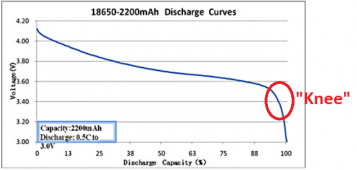I hope my questions make sense.
My SCC is set up for 48v system, this will be feeding into a BMS into my batteries.
does my SCC need to be slightly higher or an exact voltage so that the BMS can properly charge the batteries ?
I'm using Epever in USER mode , this will feed into JK BMS to a 14s ( 48v )
What other info should i provide to get a proper answer?
My SCC is set up for 48v system, this will be feeding into a BMS into my batteries.
does my SCC need to be slightly higher or an exact voltage so that the BMS can properly charge the batteries ?
I'm using Epever in USER mode , this will feed into JK BMS to a 14s ( 48v )
What other info should i provide to get a proper answer?





